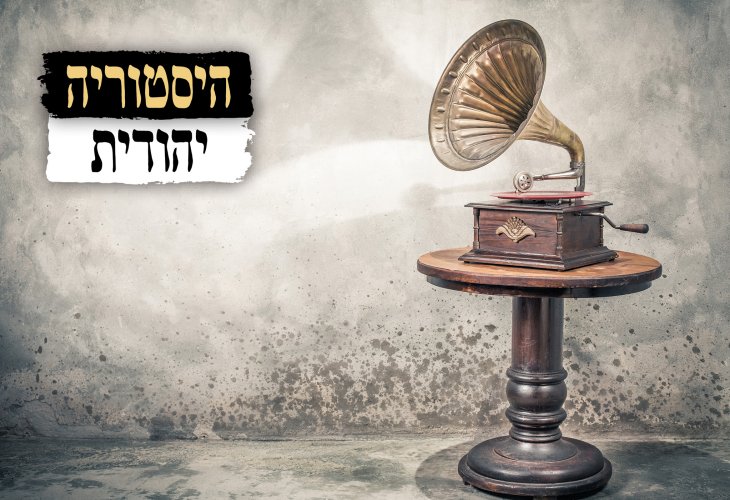From Edison to Entertainment: The Magic of the Phonograph
Around 150 years ago, Thomas Edison invented the phonograph, a predecessor to the record player. This device could record and play back human voices, causing much intrigue and wonder at the time.
 (Photo: shutterstock)
(Photo: shutterstock)About 150 years ago, the famous American inventor, Thomas Edison, who held over a thousand patents, unveiled one of his inventions that would make history. Two years before inventing the electric light bulb, Edison created the phonograph, an early version of the record player. The phonograph could record and play back human voices.
In 1877, Edison recited the children's rhyme "Mary Had a Little Lamb." He recited it once, and anyone who wanted could listen to it over and over through the phonograph tube. This was considered a marvel of the world. The recording is still available online today, inviting those who wish to offer their children a bedtime song recorded 150 years ago to do so...
Today, when a new smartphone model is released, it can be obtained in stores worldwide within days. Back then, it wasn't like that; abundance was not as widespread. Even twenty years later, during the intermediate days of Passover in 1899, in the small walled Jerusalem, the strange invention was still not fully understood.
Researcher Dotan Goren quotes from the newspaper "The Peak" (5/5/1899) detailing the strange events that took place in Jerusalem that year. A young Jerusalemite wanted to entertain the children during the holiday and charge a modest entry fee for the phonograph's debut feature with cantorial passages! However, some city residents viewed it negatively. Wasn't this sorcery? As the sages mentioned, raising the spirits of the dead and playing voices? If not, how could it play the voices of cantors who had already passed away?!
One young man from a prestigious Jerusalem family brought Edison's phonograph to earn money, posting large ads in the streets of Jerusalem to announce the phonograph's wonders, capable of emitting spoken words and famous cantors' songs.
And here with us was a man named M.S., zealous for Hashem, who saw this as an act of sorcery. How, for example, could it play the melodies of Itzhak, the cantor from the Petah Tikva synagogue, as if "The Beloved Son" was being sung from the phonograph? He soon found wise friends who claimed this was the work of necromancy. Edison must have tied a deceased man's bone to the phonograph's mouth for it to emit sound, and they declared in the synagogue, "It's forbidden to listen to the phonograph!"
The owner had to appeal to the distinguished Rabbi Shmuel Salant, bringing the phonograph to his home to demonstrate the speaking device. The elder rabbi was very moved when he inserted one of the tubes into his ear and heard the cantor singing "The Rose of Jacob Rejoiced." He proclaimed there was no prohibition or sin in the phonograph, only that prices should be reduced so the poor could enjoy it.
And so, Rabbi Shmuel Salant, Jerusalem's rabbi, thoroughly examined the phonograph and determined there was no witchcraft involved, bringing joy to the Jews (just make sure to charge fair prices so the poor can also enjoy it...).

